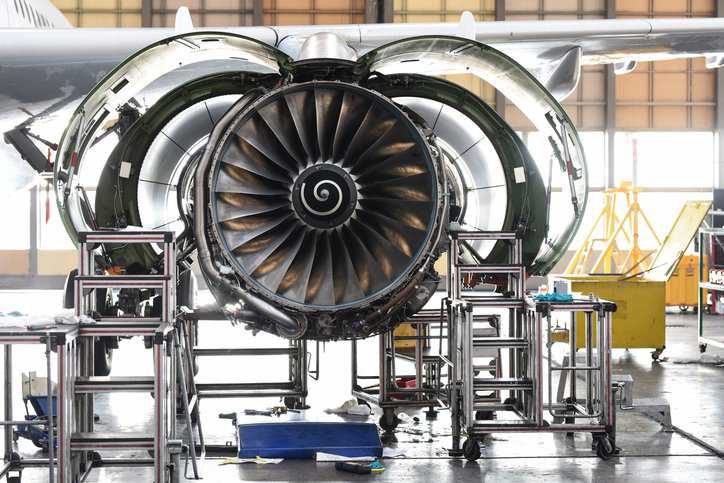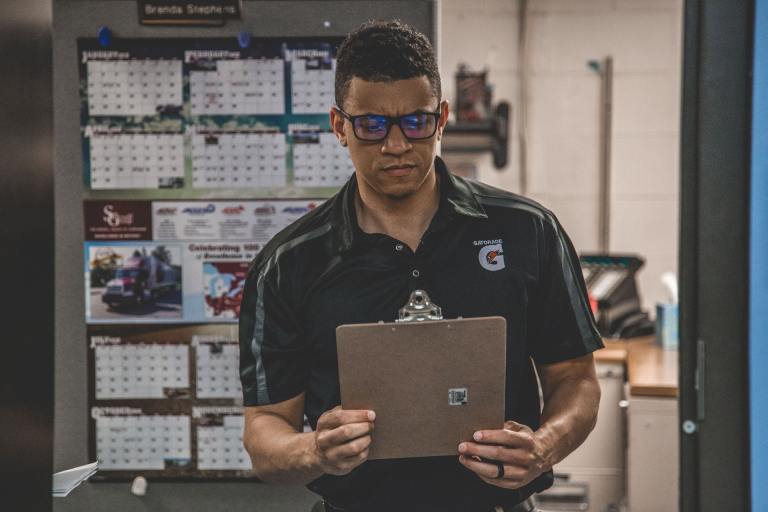ASME AED-2023: Aerospace and Advanced Engineering

Due to the unique challenges in designing aircraft and spacecraft, aerospace is a leading industry employing advanced manufacturing technologies. In fact, advanced manufacturing is critical to NASA missions. ASME AED-2023: Aerospace and Advanced Engineering Product Definition offers symbologies, terminologies, and concepts to enhance the understanding and abilities of those who create and use design documentation within the aerospace industry.
What Is Advanced Manufacturing?
Advanced manufacturing integrates machinery with digital and cloud-based technologies, such as artificial intelligence, the Internet of Things (IoT), and augmented reality. These advancements enable workers to quickly adapt production to changing supply needs, improve efficiencies, and assure a competitive edge.
What Is Advanced Manufacturing in the Aerospace Industry?
Advanced manufacturing in aerospace uses of cutting-edge technology to design, build, and test aircraft and spacecraft parts. Advanced manufacturing is essential in aerospace due to the unique challenges that persist in this industry, such as:
- Extreme environmental conditions
- Materials that must be strong, lightweight, and resistant to temperature and corrosion
- The extremely fine, tight-tolerance features that require micro- and nano-machining methods, including laser machining and welding
Advanced manufacturing enables the creation of complex aircraft parts with greater precision, performance, and efficiency, helping revolutionize the way products and processes are implemented.
What Is ASME AED-2023?
ASME AED-2023 provides a method to document requirements common across aerospace and other industries that use advanced manufacturing technologies. This standard offers symbologies, terminologies, and concepts to enhance the understanding and abilities of those who create and use design documentation.
Examples of Advanced Manufacturing Technologies in Aerospace
Advanced manufacturing techniques in the aerospace industry are used to design and produce complex components with precision and accuracy—contributing to increased fuel efficiency and safety. These technologies include additive manufacturing, robotics/automation, nanotechnology, precision machining, sophisticated composites, smart manufacturing, and laser welding.
- Additive manufacturing (3D Printing): Uses less material than traditional manufacturing and works by building objects by adding layers of material to create parts or prototypes
- Robotics/Automation: Utilizes robots or unmanned aerial vehicles (UAVs) to automate tasks like maintenance, inspection, flight testing, and assembly—often in challenging environments like outer space or high altitudes, where human access is limited
- Nanotechnology: Manipulates matter at the atomic or molecular level to create stronger and lighter materials
- Precision machining: Ensure that critical aircraft parts have a high level of tolerance and surface polish
- Sophisticated Composites: Better strength-to-weight ratios are provided by advanced composites, such as carbon fiber-reinforced plastics, which are crucial for aircraft applications.
- Smart manufacturing: uses artificial intelligence (AI) and the Internet of Things (IoT) develop data-driven, flexible production environments
- Laser welding: Uses high-power lasers to melt or soften material at the joints of two parts
These technologies help the aerospace industry produce stronger, lighter, and more effective materials and procedures.






